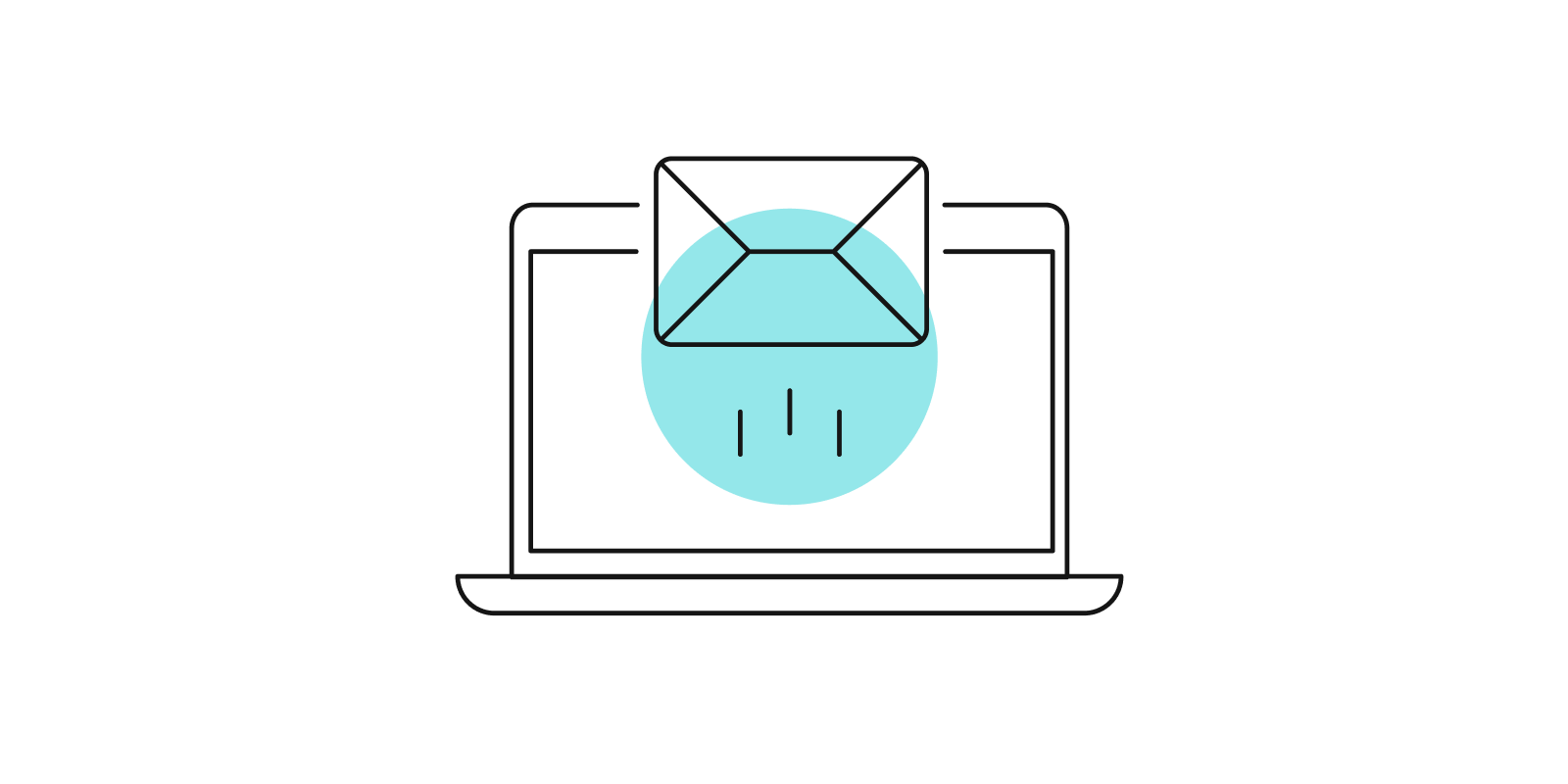
Multi-sensory, Multi-modal Instruction

Of the many things I have learned over the years, there are a few that I will never forget: how to identify a Loblolly Pine tree, how to visualize a tangent line to a curve, and over 1,000 vocabulary words. I remember these specific things because of how they were taught to me.
In 7th grade, my science teacher took us on a “field trip” to the wooded area just beyond the school parking lot. There I was able to see, smell, and touch an actual Loblolly Pine tree. Of the many trees we studied in class via the usual worksheets, the Loblolly is the only one I remember today. In my Calculus class, my professor would roll a yardstick around his bald head to show us how the slope of the tangent line changes as it moves over a curve. When prepping for the GRE, I made and studied from flashcards with not only words and their definitions, but also silly mnemonics and drawings for those 1000 words. I took those flashcards with me everywhere and flipped through them whenever I had a free moment.
What do these memorable examples have in common? Each learning situation involved multiple senses and multiple modes of learning. They went beyond the basics and involved sight, sound, touch, movement, smell, words, and symbols.
How can you as an educator create deep learning that “sticks” with your students for years to come? You can do that by creating lessons that engage multiple sensory systems in your students. Think VARK: Visual, Auditory, Read/Write, and Kinesthetic/Tactile. Let’s define these terms and look at some examples of teaching methods that use each.
Visual learning happens through non-word based visual information
- Include pictures, diagrams, and graphics in notes and videos
- Demonstrate how to annotate text (underline, highlight, circle or box important information)
- Choose a text with symbols denoting different types of content
- Color code notes
- Provide flowcharts for multistep problems
- Use graphic organizers to break down big ideas and show connections
Auditory learning involves sounds
- Read directions or notes aloud.
- Have students read aloud
- Record and share verbal feedback on assignments
- Record and post lecture videos
- Ask students to explain back to you
- Facilitate student-led discussions that explore complex topics
- Use small group activities during class so students can talk with each other
- Share rhymes or songs to remember facts, formulas, names, etc.
- Encourage Office Hours to discuss topics
Read/Write is text-based learning
- Assign readings before and/or after class
- Model neat, organized, and thorough hand written notes
- Give students time to write down their thoughts and ideas before raising their hands
- Have students make flashcards for formulas, definitions, dates, etc.
- Write formulas in both symbols and words
- Closed caption or subtitle videos
Kinesthetic/Tactile involves learning connected to movement and/or touching
- Use models, figures, or manipulatives
- Have students stand and write on the board during class (this can also apply to read/write learning)
- Use your hands/arms to gesture during class
- Provide students with “stress ball” on test day
- Take a field trip
Some of these teaching strategies could fit in more than one category, which is even better. Flashcards, for example, can involve writing, reading, speaking, and moving, and can include words, colors, and pictures. When you engage students’ brains on many levels and in many ways during the learning process, the understanding is deeper.
When designing your lessons, ask yourself the following questions:
- What senses did I engage in my instruction?
- What auditory inputs did I give?
- What visual information did I provide?
- What written directions or notes were given?
- What writing was necessary?
- Was the sense of touch and movement utilized?
Let’s look at a specific example: you want your students to learn how to construct a model airplane. If you merely present them with a pile of pieces and say “Go,” the chances of getting a correctly completed model plane are very low. How could you guide them to the desired result in a multi-sensory, multi-modal way?
- Show them a picture of the desired final product. (visual)
- Present a list of the pieces needed to complete the plane. (read)
- Allow them to hold and manipulate the pieces. (kinesthetic/tactile)
- Describe verbally the process to build the plane. (auditory)
- Show a video of the plane being built. (visual and auditory)
- Encourage students to work with a peer to build the plane. (kinesthetic/tactile, auditory)
At this point, most students would be able to complete the model. To verify the learning, give a follow up assignment in which students draw a schematic (visual), write a manual (write), and make a video describing and showing the construction process for a different model airplane (kinesthetic/tactile, visual, and auditory). If you incorporate all the senses into the learning process, your students will know how to build model airplanes for years to come, just like I can spot a Loblolly pine from 20 paces.




